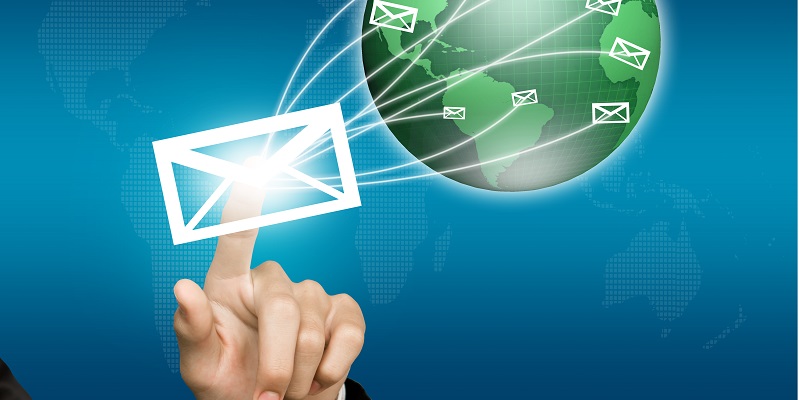Email marketing has become a crucial strategy for businesses to effectively connect and nurture relationships with their customers. With numerous email marketing tools available, two popular platforms that stand out are GetResponse and Mailchimp. In this article, we will delve into the features, usability, contact management, visual appeal, and overall effectiveness of these platforms to help you make an informed decision for your email marketing needs.
Comparison of features
To start, let’s explore the diverse range of email marketing tools offered by both GetResponse and Mailchimp. Both platforms provide a plethora of features designed to enhance campaign performance and client engagement. However, when it comes to simplicity and ease of use, GetResponse takes the lead with its user-friendly design and intuitive interface. Its straightforward layout ensures that users can effortlessly navigate and utilize all of its features.
In contrast, Mailchimp also excels in providing an easy-to-use interface with customizable templates and a drag-and-drop editor. This allows users to create visually appealing emails without any coding knowledge. Whether you prefer GetResponse’s simplicity or Mailchimp’s customization options depends on your specific requirements and level of expertise.
Furthermore, both platforms excel in email list management, providing analytics to track the performance of your campaigns. Whether it’s adding subscribers, segmenting lists, or growing your audience, GetResponse and Mailchimp have you covered.
GetResponse: Power and Automation
One of GetResponse’s standout features is its robust automation suite. This suite empowers users to build complex workflows based on user behavior, preferences, and interactions. By incorporating automation, businesses can nurture leads, send personalized content, and optimize their marketing efforts. GetResponse’s advanced features and customizability make it an ideal choice for businesses that require intricate automation for their campaigns.
Mailchimp: User-friendly Design and Customization
Mailchimp’s strength lies in its user-friendly design and customization options. Its intuitive layout and plethora of customizable templates provide users with ample creative freedom to design visually appealing emails. The platform’s drag-and-drop editor enables businesses to effortlessly create and modify their email campaigns to fit their brand identity. With Mailchimp, even users with minimal design experience can craft attractive and professional-looking emails.
Contact Management and List Organization
Both GetResponse and Mailchimp offer comprehensive contact management tools that make it easy to organize and maintain subscriber lists. These tools allow businesses to keep their email lists up to date and segmented for more targeted campaigns. GetResponse and Mailchimp also provide features for automating list management and creating segments, making it effortless to tailor your email campaigns to specific customer groups.
Visual Appeal and Engagement
To grab the attention of your audience and promote engagement, both GetResponse and Mailchimp offer a range of tools to enhance the visual appeal of your email campaigns. From customizable templates to the ability to insert images, videos, and interactive elements, these platforms enable you to create captivating content that resonates with your subscribers. By utilizing these visual enhancement features, you can effectively convey your message and foster a strong connection with your audience.
In conclusion, both GetResponse and Mailchimp offer the essential tools businesses need to run successful email marketing campaigns. However, the choice between the two ultimately depends on your specific requirements. If you value advanced automation features and customizability, GetResponse may be the ideal choice. On the other hand, if user-friendly design and customization are your priorities, Mailchimp may be the better option. Consider your business needs and preferences to make an informed decision and unlock the true potential of email marketing.

